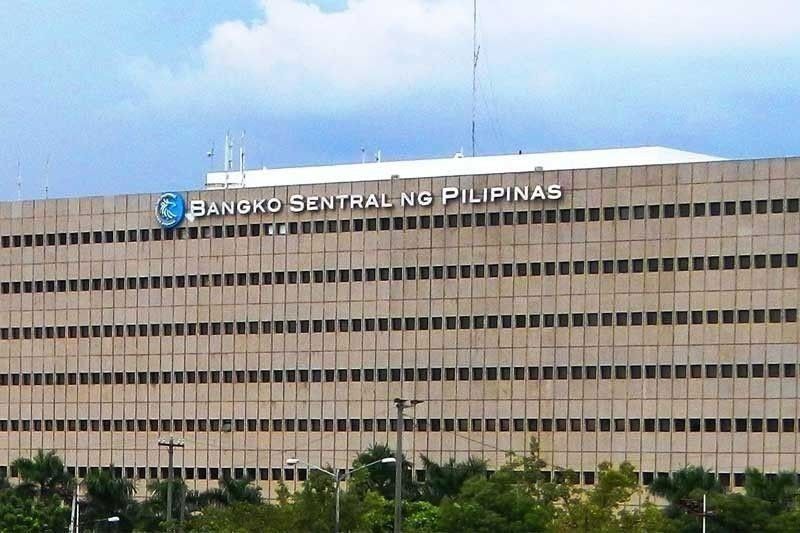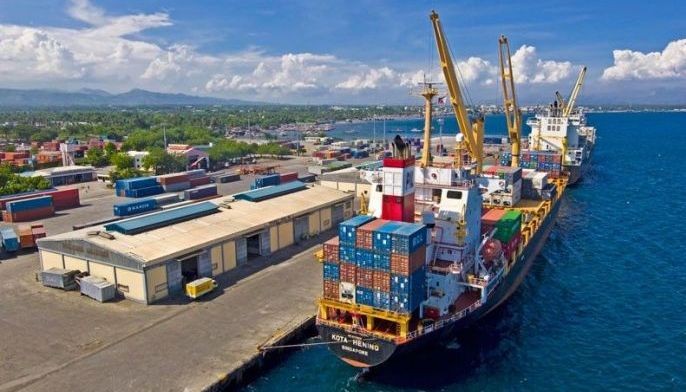Weak imports give Philippines a record-high dollar surplus

MANILA, Philippines —The Philippines’ dollar surplus hit a record-high last year, a feat that was not necessarily good news as it showed a weakened economy with less need for dollars as local demand struggled to gain ground.
Dollars are typically used to settle external obligations like foreign debts and imports, and last year, inbound shipments continued a contraction streak that started in May 2019 because consumers were not spending, leaving traders with no reason to import.
As a result, fewer dollars had gone out. The balance of payments was in surplus since April last year, capped by a record monthly surfeit worth $4.24 billion in December, the central bank reported on Monday evening.
That final figure pushed up the yearend tally to $16.02 billion surplus, beating the previous record hit in 2010.
The BOP is the summary of the Philippines’ transactions with the rest of the world, including imports, exports, foreign debt payment and even tourism, among others.
So while the Philippines was not spending that much to meet foreign obligations, more dollars were coming from sources like remittances and business process earnings which broadly held up amid the pandemic.
On top of those, the government also borrowed extensively abroad last year as tax receipts fell and the budget deficit widened. These borrowings then entered in foreign currencies, which also contributed to the BOP.
“Higher net foreign borrowings by the NG (national government) and lower merchandise trade deficit, along with sustained net inflows from personal remittances, foreign direct investments, and trade in services accounted for the favorable performance in 2020,” the Bangko Sentral ng Pilipinas (BSP) said in a statement.
Last year’s BOP surplus was so wide that it even beat the BSP’s upwardly revised projection of $12.8 billion adopted last December. For this year, with the projected economic recovery and therefore an uptick in imports, BOP is forecast to narrow to $3.3 billion surplus.
The upside of a bigger BOP surplus, however, is a larger foreign reserves. Last year, gross international reserves reached an all-time high of $110 billion, also above BSP’s forecast of $105 billion.
Reserves were sufficient to finance a year worth of imports, meaning that if there would be a massive financial shock that would result into a liquidity crunch similar to the global financial crisis, the economy can turn to its reserves to buy imports and settle foreign debt for 12 months. The minimum global standard is only 6 months.
The buffer funds were also equivalent to 5.4 times the Philippines’ short-term external debt or those due within one year or less, based on remaining maturity.
- Latest
- Trending































